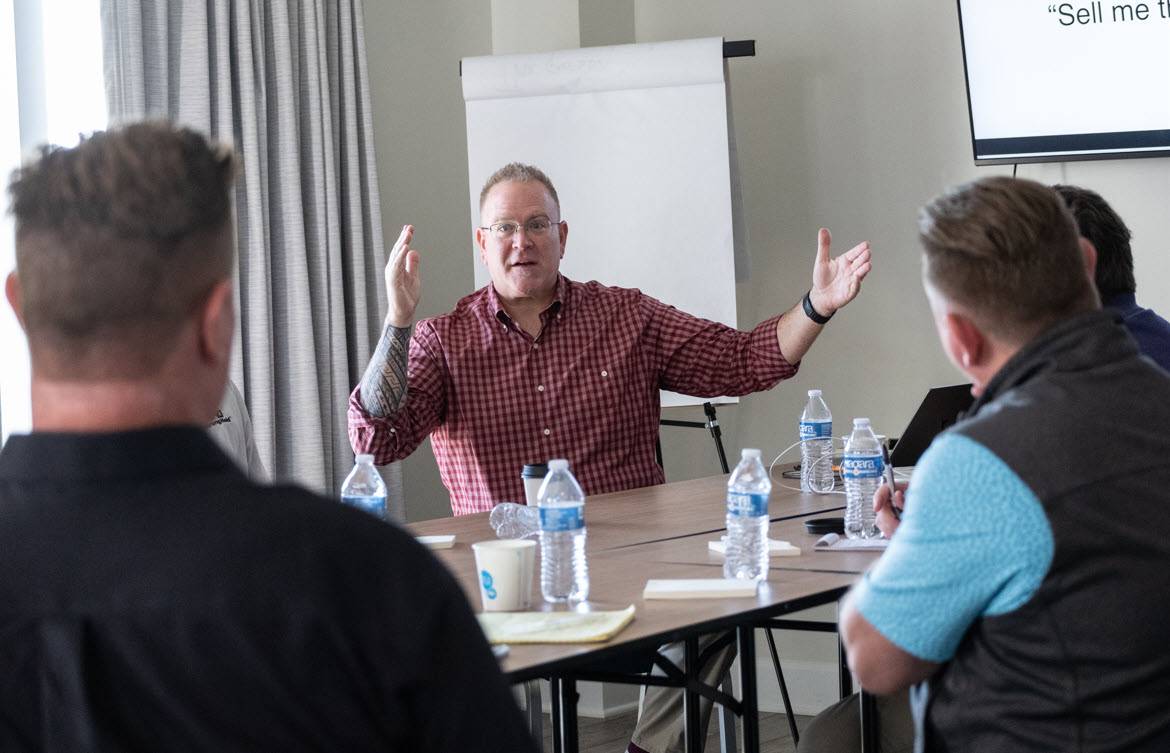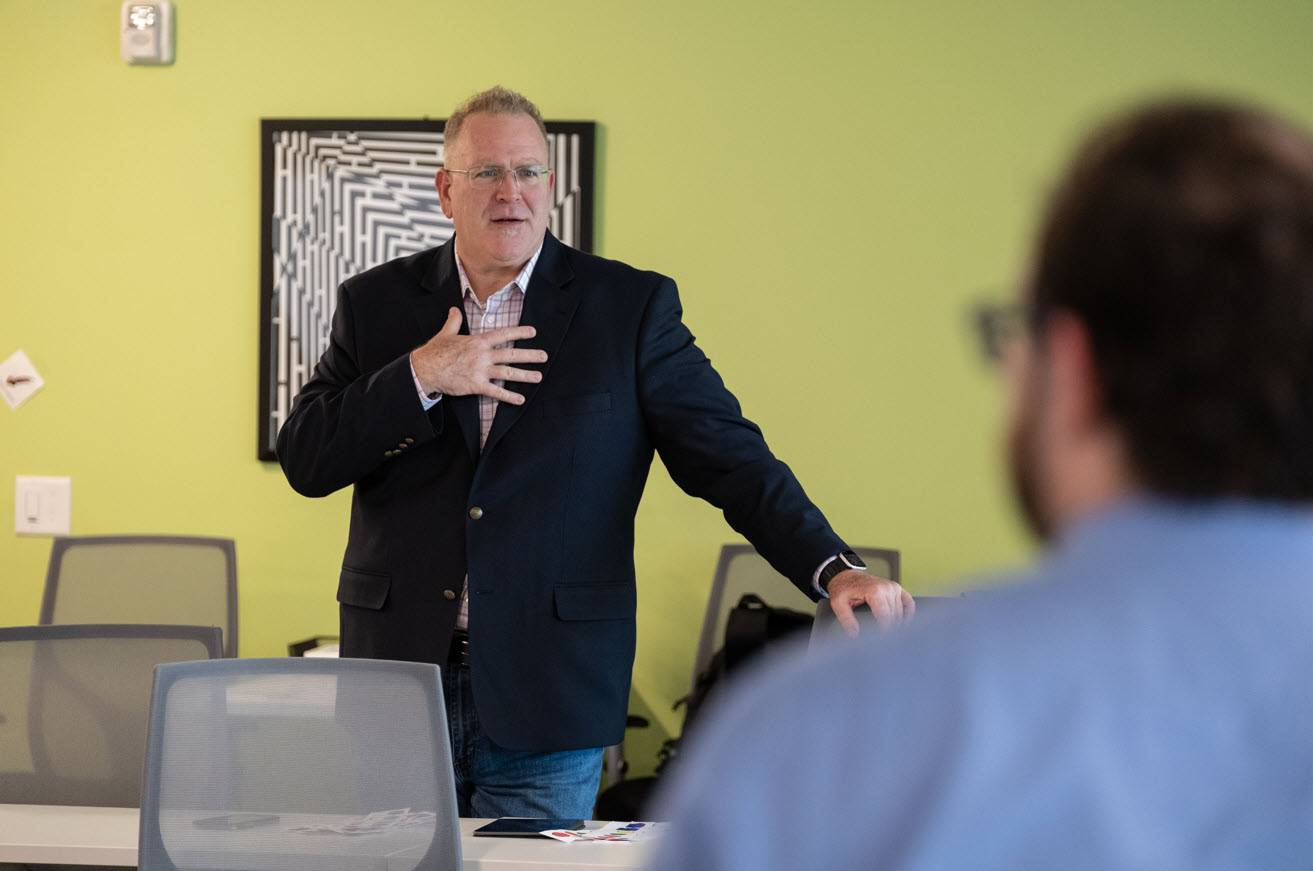Tim Ohai
KUPU SOLUTIONS
Consulting & Coaching Services
clients
















Unfortunately, most leaders have a genuine blindspot when it comes to executing strategy.
Think about this… Were you ever taught how to execute a strategy? Were your leaders? The reality is that most leaders learned “strategic execution” through trial and error. And what they learned is a mishmash of key principles and unconscious competencies that never scale. In fact, it’s more common for strategic execution to generate a wide variety of dysfunctions and delays instead of the desired outcomes. But it doesn’t need to be this way.
How we maximize the “people part” of our organizations is THE key differentiator between average and great. It affects our strategies, our execution, and ultimately the value we work so hard to create. But far too often, we can get distracted by other factors. These factors can hijack our decision-making and the decision-making of our teams. Consequently, our performance continuously struggles and our potential becomes blocked.
Kupu is the Hawaiian word that means “to sprout or grow suddenly; to quickly rise to high position.” Kupu Solutions provides consulting and coaching solutions that drive greater effectiveness – both for the organization and the individual.
How May I Help You Grow?
Coaching Services
For us to truly be the best version of ourselves, we all need a coach.
How does it work?
The first 90 days
- We begin with defining what success looks like. This specifies the desired business outcome, the metrics for evaluating success against that outcome, and all requirements that are expected to be met.
- We then spend the rest of the first 90 days focused on defining the root cause issues that are blocking your desired outcome. This includes exploring both your capabilities (your mindset, skillset, and activities) and your situation (your clarity, empowerment, and organizational support). We will meet two times per month. Expect to be given assignments throughout the engagement to both prepare you for transformation and to further reveal the root cause issues impacting your effectiveness.
The second 90 days
- We will calibrate the root cause diagnosis against your definition of success. If you do not want to continue working together or you cannot realistically improve in the time we have been given, the coaching engagement will end.
- If we continue the engagement, the focus will shift from understanding your challenge to conquering it. Your time and effort will go into working without the need for a coach in this particular area. Ultimately, we want to see you experiencing everything your definition of success desired.
Continuing the journey
- If at the end of the two 90-day sprints there is a desire for more coaching, we will work with additional 90-day sprints to create a new definition of success and tackle the new challenge together.
Consulting Services
- Business results that are either stalled or even shrinking
- Implementations that are delayed and off-track
- Low employee morale and engagement
- Leadership conflicts that affect alignment and accountability
But it doesn’t have to be this way. In fact, getting strategic execution to improve can often be done through engineering the right environment for success.
How does it work?

Step 1: Engage and diagnose
- The process begins with defining what success looks like. This specifies the desired business outcome, the metrics for evaluating success against that outcome, and all requirements that are expected to be met.
- With a clear goal to achieve, the root cause problem that is blocking success is then defined. This includes a review of both the current business data and the perspectives of key stakeholders. A major part of this effort is to get a picture of the dependencies that are connected to and/or affected by the root cause problem.

Step 2: Design a beta solution
- The process continues to the design phase where both the business model and the impacted players may be addressed in the initial draft of a solution. Often, the root cause issue is attached to the behaviors and capabilities of key stakeholders. The solution must address the human element if the desired outcome is to be sustainable.
- This beta solution is not in a completely finished state at this time, but it is good enough to generate momentum and put positive change into motion. We operate with an agile philosophy so that great decisions can be made in real-time – not avoided.

Step 3: Implement and learn
- The beta solution is launched with a pilot or small initiative to generate a quick win. This effort will assess the effectiveness of the solution and the logistics required for larger implementation. A part of this assessment includes the level of stakeholder acceptance/resistance for the change.
- A critical element of the assessment process is to learn as much as possible from the smaller scale implementation. It is entirely acceptable for individual elements to struggle – as long as we can learn and adjust the solution to deliver success. This iterative approach assumes that we become smarter as we go, and that is a good thing.

Step 4: Improve and execute
- The solution is refined to make sure that it works in a scalable way. This includes locking down the people, time, energy, and resources needed to support the formal launch of the solution. Metrics that are part of the original definition of success come to life and validate the business case.
- At this stage, all key stakeholders need to be proactively empowered to make great decisions that adjust and fine-tune the solution itself and its execution. We never stop learning and improving just because we met our launch date.

Step 5: Reinforce and integrate
- In perhaps the most significant aspect of this cycle, the solution must be reinforced until it becomes a part of “every-day life.” Clarity and empowerment for the team become the fuel for engagement and accountability for the solution’s success.
- As part of that reinforcement, competing priorities and plans are exposed and dealt with. Every stakeholder needs to be aligned with the organization’s singular strategy if success is meant to become something significantly more valuable.










